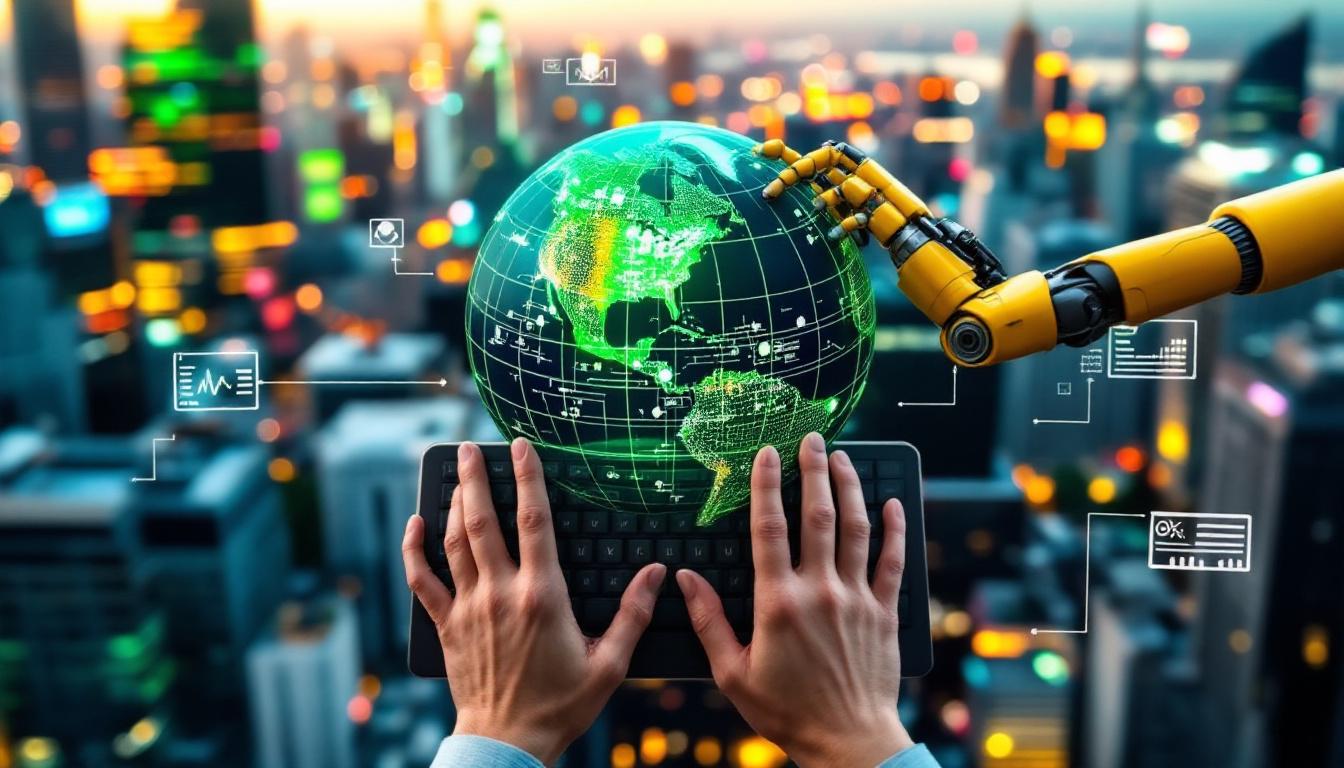AI translation is rapidly reshaping global communication, using advanced neural networks to convert text across languages with speed and accuracy. Unlike traditional phrase-based systems, modern translation tools leverage neural machine translation (NMT) and large language models (LLMs) to understand context, maintain brand voice and deliver high-quality results across diverse use cases — from business expansion to real-time customer support.
These tools are driving new levels of global reach, positioning the UK and other regions to lead in responsible AI-powered innovation.
At the heart of AI translation are deep learning models that encode source text into mathematical representations, analyse context via transformer architectures — the same used by systems like ChatGPT and DeepL — and decode content into the target language. Trained on large datasets of parallel texts, these models can manage specialist terminology and cultural nuance with growing sophistication. Integration with translation memories and custom glossaries further supports consistent, domain-specific output.
For businesses, the benefits are significant. AI translation can reduce costs by up to 90 per cent compared with human services, delivering thousands of translated words in minutes. The global market is expected to reach $26.8 billion by 2030, fuelled by sectors such as e-commerce, marketing, legal and technical documentation. Instant localisation of product descriptions, support for multilingual chatbots and scalable content creation are enabling rapid market entry and operational efficiency.
Different platforms offer distinct strengths: DeepL is praised for accuracy in European languages, Google Translate covers the broadest language range, and ChatGPT performs well on creative and brand-sensitive content. Many businesses adopt a hybrid model, combining AI output with human review to ensure cultural alignment and legal precision. DeepL’s style guide tool helps preserve brand voice, while Google Cloud Translation offers strong integration and language detection.
TechStyle Fashion Group, a global fashion retailer, provides a compelling case study. Limited by translation costs and delays, the company adopted DeepL for product content and ChatGPT for marketing material, with human post-editing. The result was a 200 per cent faster time-to-market, 65 per cent cost reduction and expansion from three to 18 countries in six months — demonstrating the practical power of combining AI with human expertise.
The technology continues to evolve. Meta’s Seamless M4T engine enables direct speech-to-speech translation, bypassing text conversion, and is available under an open licence to encourage development. Academic advances — such as MetaSend’s adaptive parameter methods and models targeting lexical diversity — are further refining translation quality and adaptability across domains.
In the UK, these innovations present an opportunity to build a thriving AI translation sector. The focus should be on adopting tools that suit specific language pairs and content types, embedding strong quality control, and optimising workflows through style guides and glossaries.
However, AI translation must be applied carefully. Fully automated output is unsuitable for sensitive legal or medical content, and poor localisation can damage brand reputation. A hybrid approach remains best practice, combining machine speed with human insight to ensure clarity, accuracy and cultural relevance.
Looking ahead, AI will not replace human translators but enable them to focus on strategic, creative and critical work. UK businesses are well placed to lead in developing responsible AI translation solutions that enhance global communication, support economic growth and strengthen international competitiveness. Organisations can begin by trialling tools such as DeepL or Google Cloud Translation, testing them with real content to assess quality and impact. With continuous improvements in AI models and translation techniques, the future of multilingual communication promises greater connection across cultures, markets and people worldwide.
Created by Amplify: AI-augmented, human-curated content.


